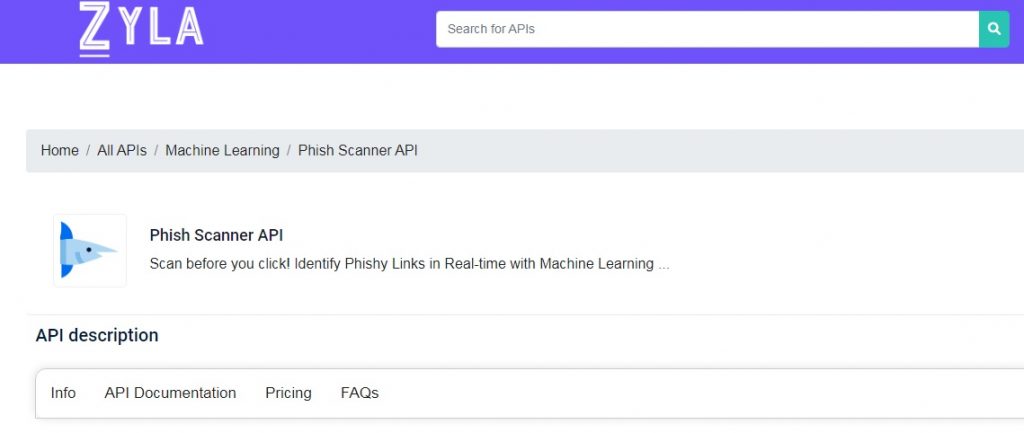Are you worried about the increase of cyber-attacks? We all do! That’s why we have made this post: to explain you a little bit more about phishing attacks and to provide you an API with a quick tutorial to use it and finally stop being a victim of these spams!
Security experts must put in a lot of effort to keep up with the rapidly evolving technology employed by bad actors in order for phishing detection systems to keep up, and they thoroughly examine their approaches. Although criminal actors use a wide variety of tactics and strategies, it can be claimed that some of them pose particularly difficult anti-phishing issues.
For example, bad actors are aware that gathering, evaluating, and blacklisting pertinent information about domains, URLs, sources, and any reported things takes time. The scammers, ever the opportunists, take advantage of this reality by reducing the lifespan of false sites by changing domains and URLs, frequently within a matter of hours or even minutes.

In more sophisticated attacks, they use one-time URLs that instantly expire after being viewed. Outages and generating unforeseen problems that require additional time and resources to fix are some of the techniques and approaches used by rogue actors that present particularly severe obstacles in anti-phishing.
On the other hand, updates have historically been used by cybersecurity systems for things like malware signals and blacklists, but IT workers are generally hesitant to apply patches, especially if they are required too frequently.
In large organizations, patching is likewise a complicated issue that necessitates careful preparation and frequently necessitates shutting down systems. It can be dangerous, leading to significant disruptions and bringing unforeseen problems that require additional time and resources to fix.
It’s critical that cybersecurity organizations discover the ideal combination of technologies in order to keep ahead of attackers given these anti-phishing issues and the enormous danger associated if they are not overcome. So for this work you need to utilize an API.
Phish Scanner API
Even the most recent phishing attempts can be detected using the Phish Scanner API, which unlike typical blacklist services employs machine learning to detect phishing. Cybersecurity experts and enthusiasts utilize the Phish Scanner API to improve the processes for domain monitoring and anti-phishing or to create exciting OSINT security applications.

The API not only assigns a Phish Score to every URL submission, but it also delivers a comprehensive feature set that customers can utilize to create insightful dashboards or clever programs based on the traits of each Phish.
Also timeouts, browser preferences, and even the desired response features can be added as extra parameters to the Request. You can see all of this in the API documentation when you start using it.
Quick tutorial for its use
1-Create an account on Zyla API Hub is you don’t already have one to get an API Access Key.
2-Search for Phish Scanner API in the browser.
3-Enter the URL you want to check for phishing.
4-The API will come back with a JSON set confirming if the URL contains phishing or not.

